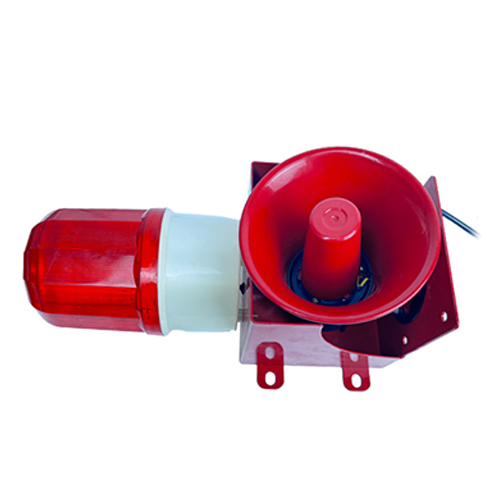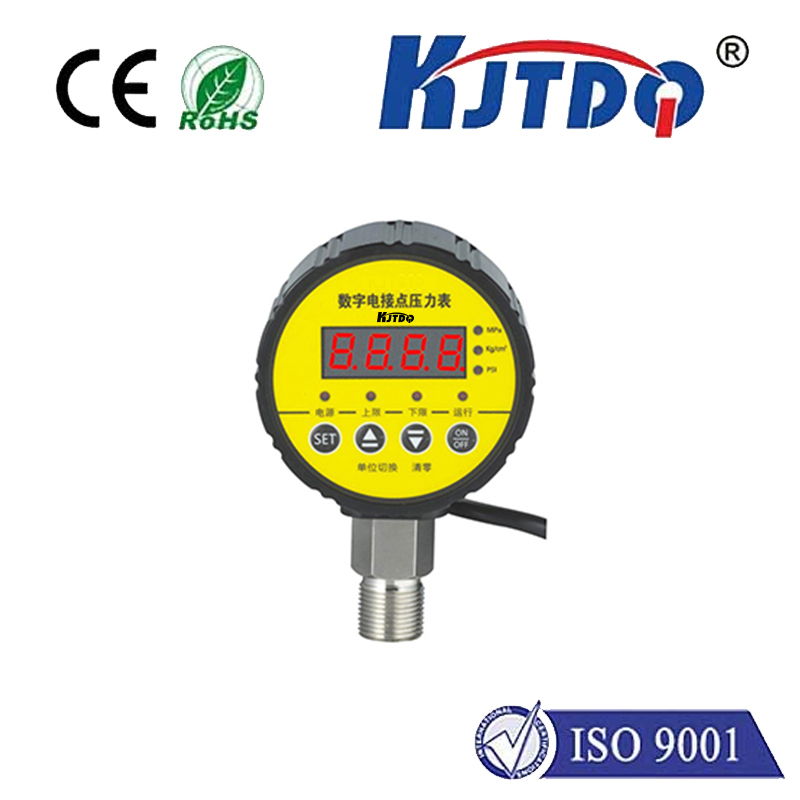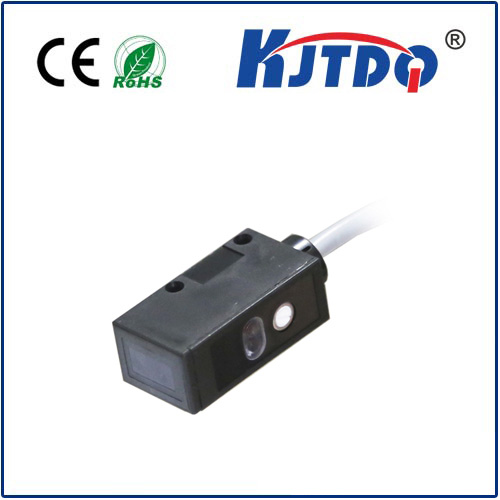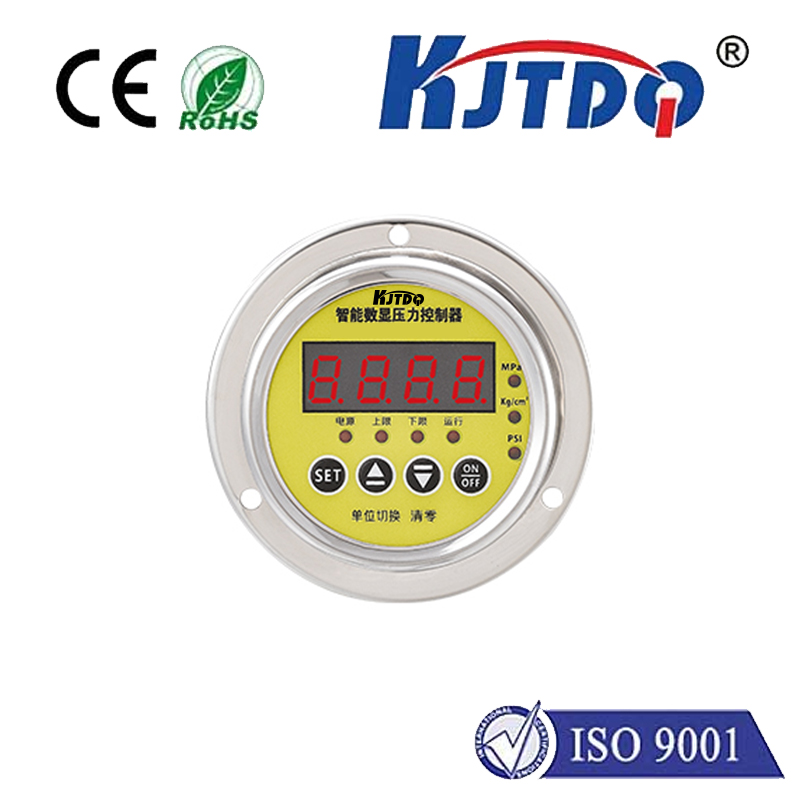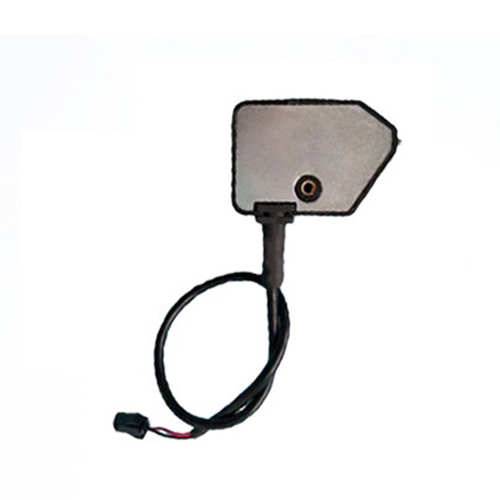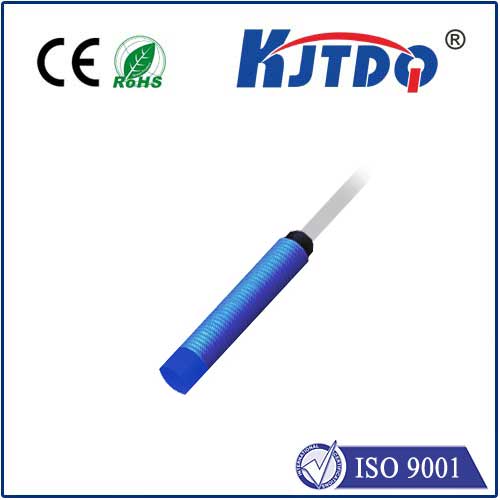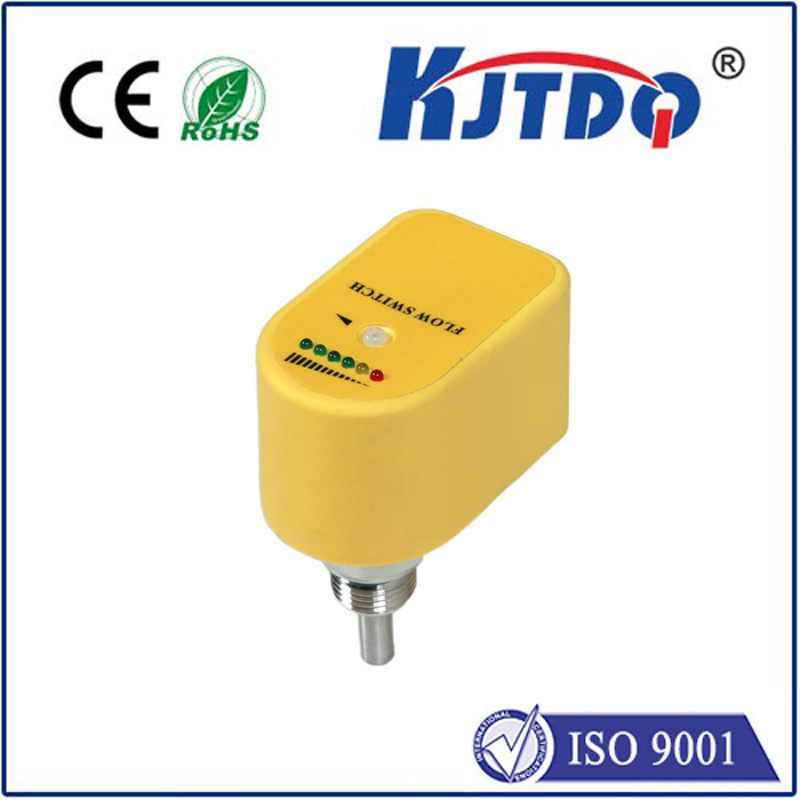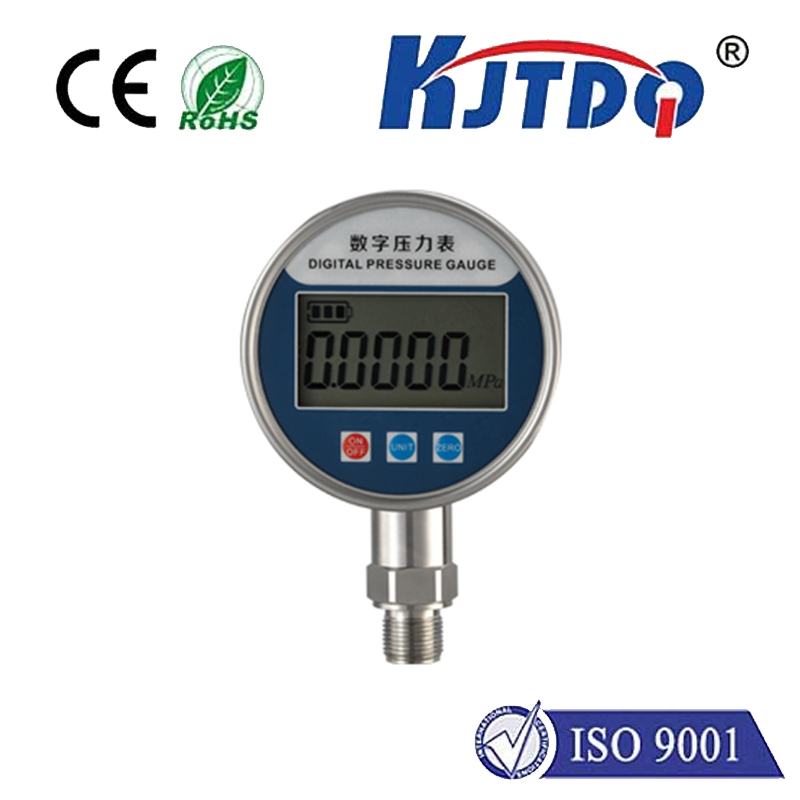long range inductive sensor
- time:2024-10-15 00:35:15
- Click:0

Title: The Long-Range Inductive Sensor: Revolutionizing Sensing Technology
Introduction:
The long-range inductive sensor, a cutting-edge innovation in the world of sensing technology, is rapidly gaining traction across various industries. This article delves into the intricacies of this remarkable device, highlighting its features, advantages, and potential applications that promise to transform our interaction with technology.
The Anatomy of a Long-Range Inductive Sensor:
At its core, the long-range inductive sensor is an advanced type of proximity sensor designed to detect the presence of metallic objects without any physical contact. Unlike conventional inductive sensors, which have a limited detection range, long-range versions boast an extended sensing distance, making them ideal for applications where precise measurement over greater distances is crucial.
Key Features:
- Extended Range: As the name suggests, the primary attribute of these sensors is their ability to detect objects from a longer distance compared to traditional counterparts, often reaching up to several centimeters.
- High Sensitivity: These sensors are extremely sensitive, capable of picking up even subtle changes in the magnetic field caused by the approach of conductive materials.
- Versatility: Suitable for a wide array of applications, from industrial automation to automotive systems, long-range inductive sensors offer unparalleled flexibility in integration.
- Durability: Built to withstand harsh environmental conditions, they feature robust construction ensuring reliability and longevity in demanding scenarios.
- Easy Integration: With simple configuration and compatibility with existing systems, these sensors can be seamlessly incorporated into complex setups without hassle.
Advantages Over Conventional Sensors:
- Greater Detection Distance: The most significant advantage lies in its ability to sense at a farther distance, reducing the need for repositioning or multiple sensors in large-scale operations.
- Enhanced Safety: By maintaining a no-contact approach, they minimize wear and tear on both the sensor and the target object, enhancing operational safety.
- Cost Efficiency: Although initially more expensive than standard sensors, the long-term benefits derived from reduced maintenance and improved efficiency can lead to cost savings.
Potential Applications:
- Industrial Automation: In manufacturing plants, these sensors can monitor and control conveyor belts, robotic arms, and other machinery, improving productivity and safety.
- Automotive Industry: From parking assist systems to anti-lock braking mechanisms, long-range inductive sensors ensure smoother operations and enhanced vehicle safety features.
- Home Appliances: In high-end home appliances like dishwashers and washing machines, they optimize performance by accurately detecting load sizes and adjusting cycles accordingly.
- Security Systems: Implemented in access control panels and surveillance systems, these sensors enhance security measures by precisely detecting unauthorized entry attempts.
- Healthcare Devices: In medical equipment, such as diagnostic imaging machines, they play a vital role in ensuring accurate data collection without compromising patient safety.
Conclusion:
The advent of the long-range inductive sensor represents a significant leap forward in sensing technology, offering enhanced capabilities that open up new possibilities across numerous sectors. Its unique combination of extended detection range, high sensitivity, versatility, durability, and easy integration positions it as a valuable asset for innovators seeking to push the boundaries of what’s achievable with modern technology. As we continue to explore and harness its potential, one thing is certain: the long-range inductive sensor is poised to revolutionize the way we interact with our technological landscape.












